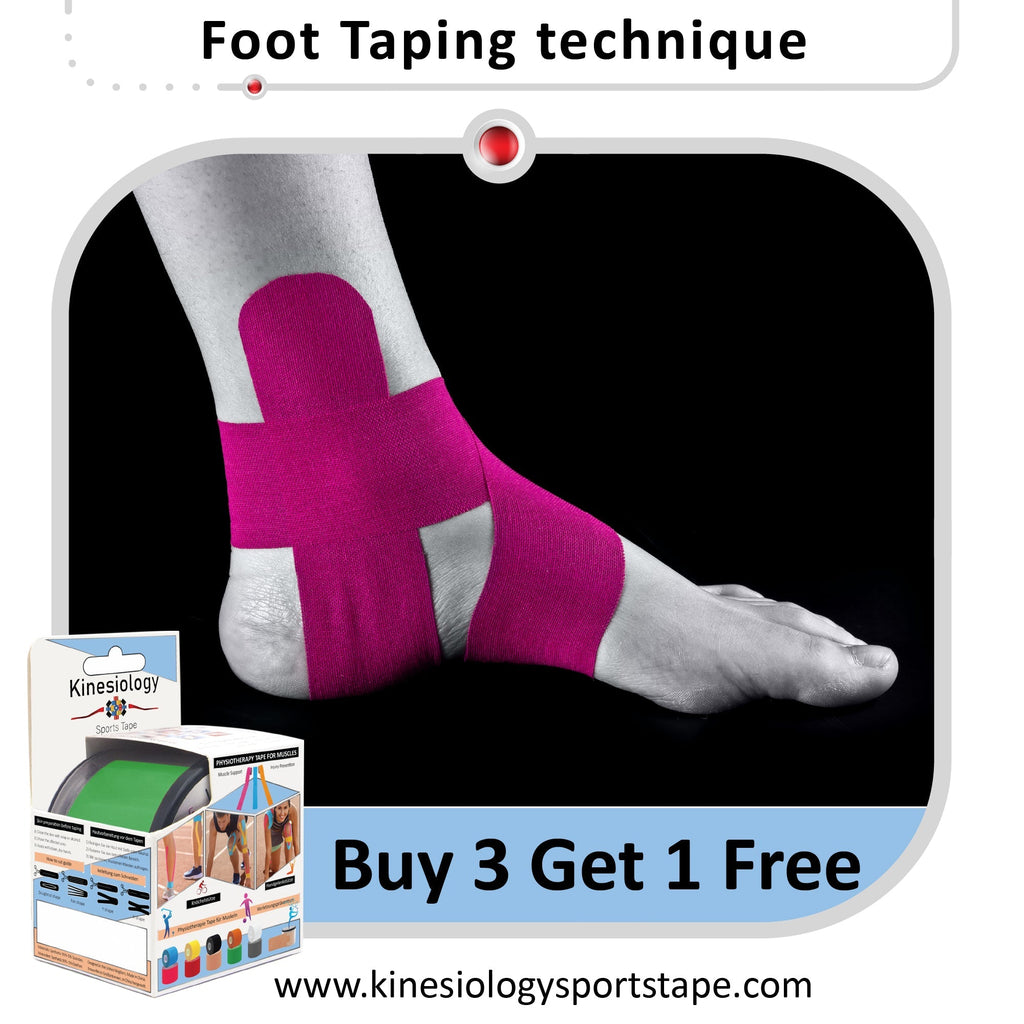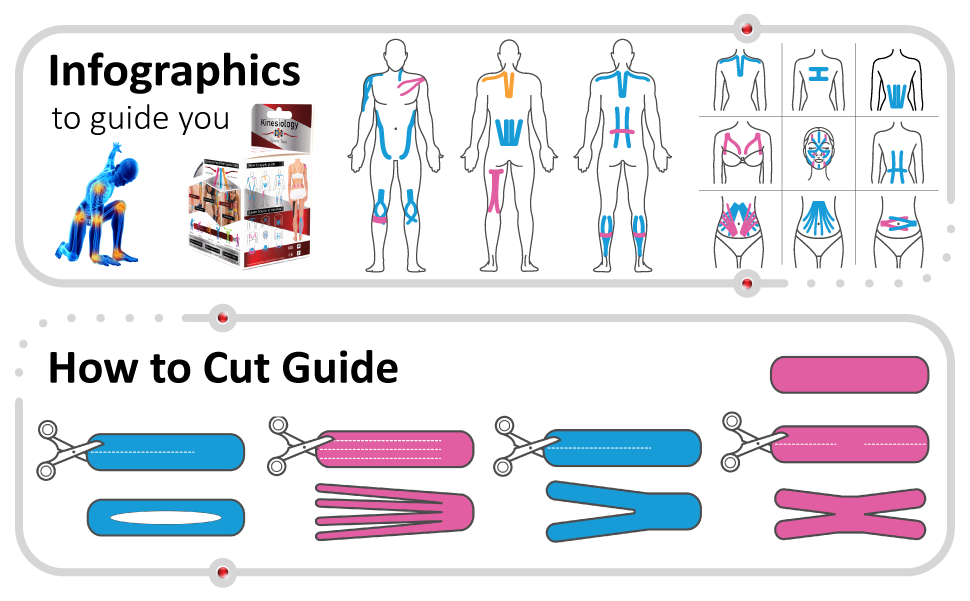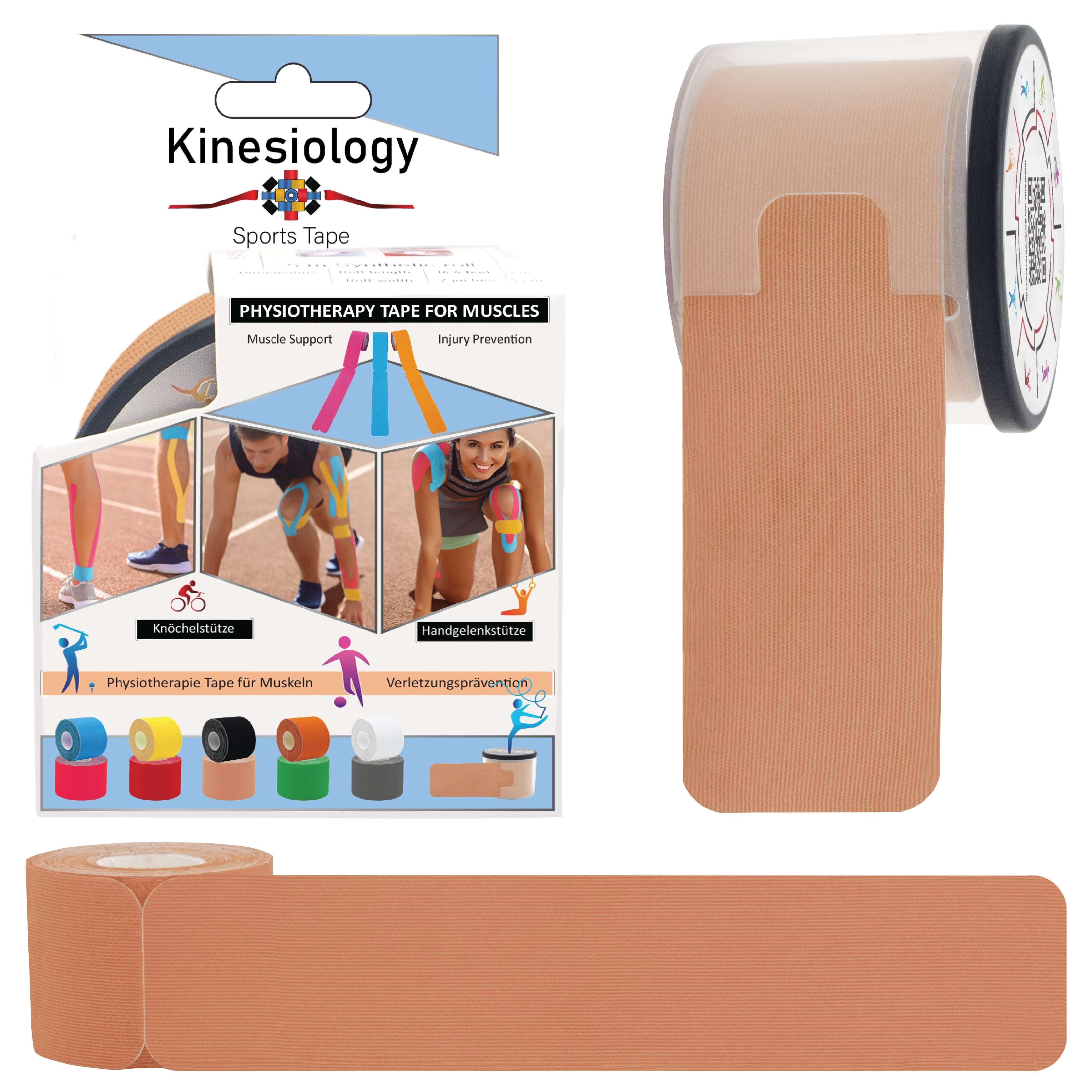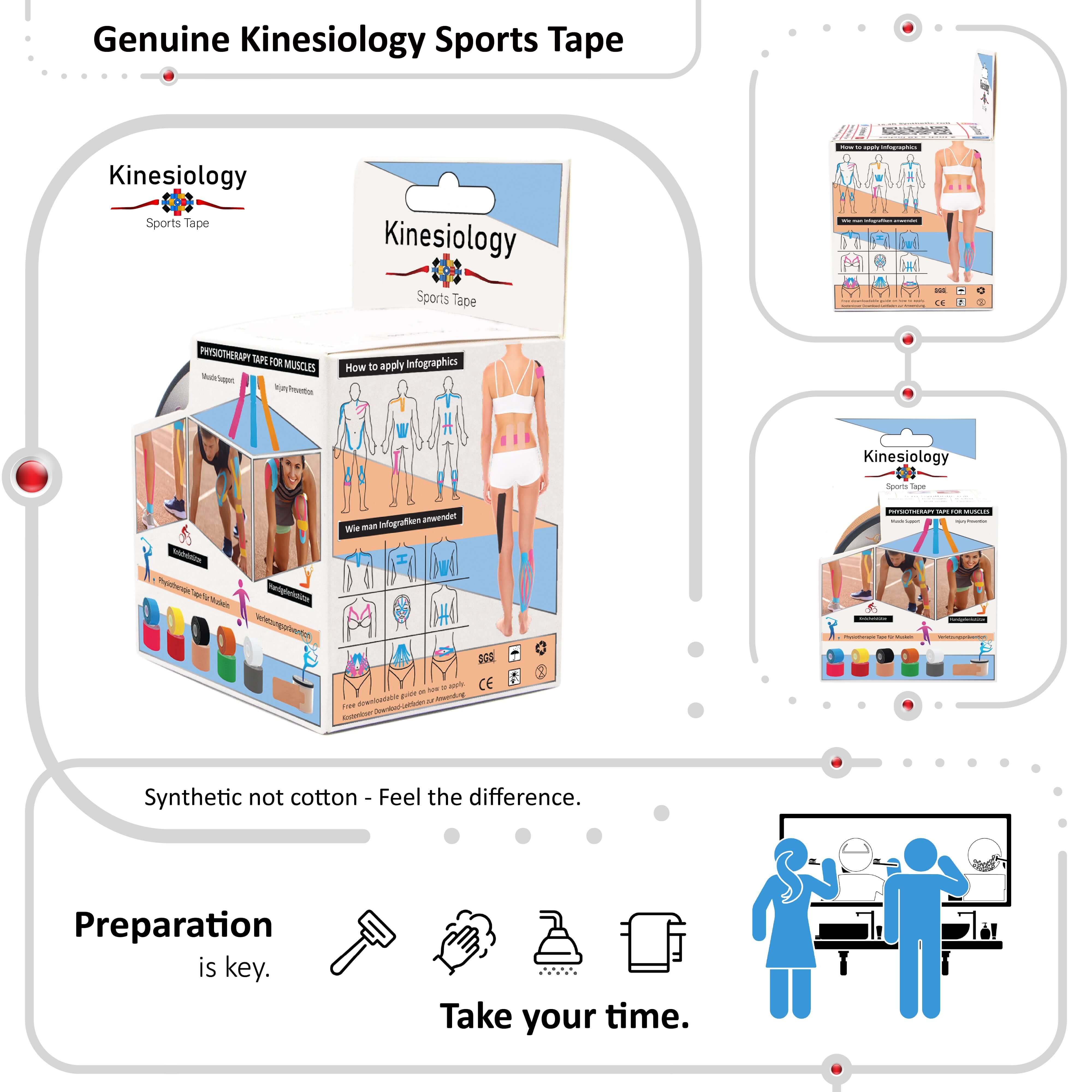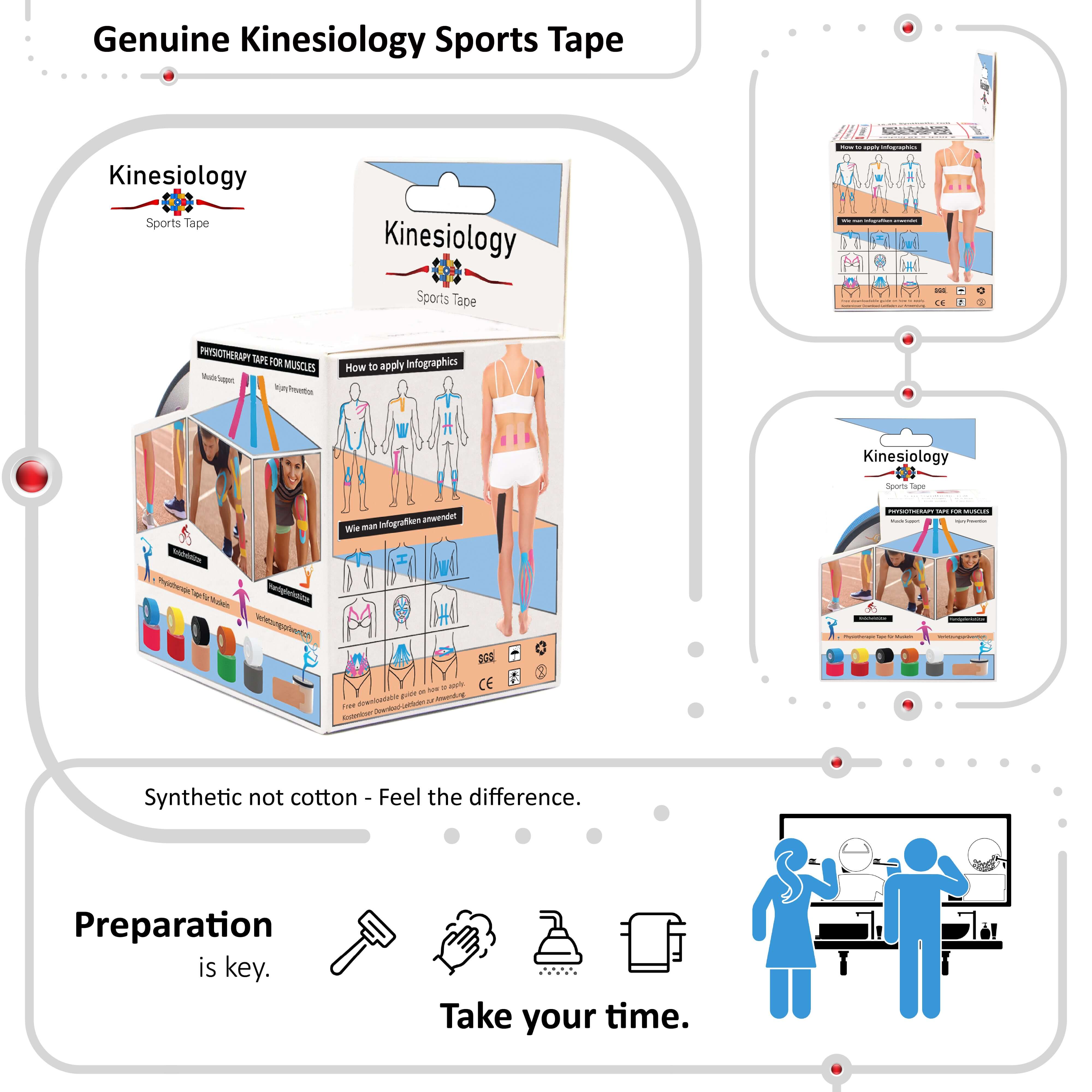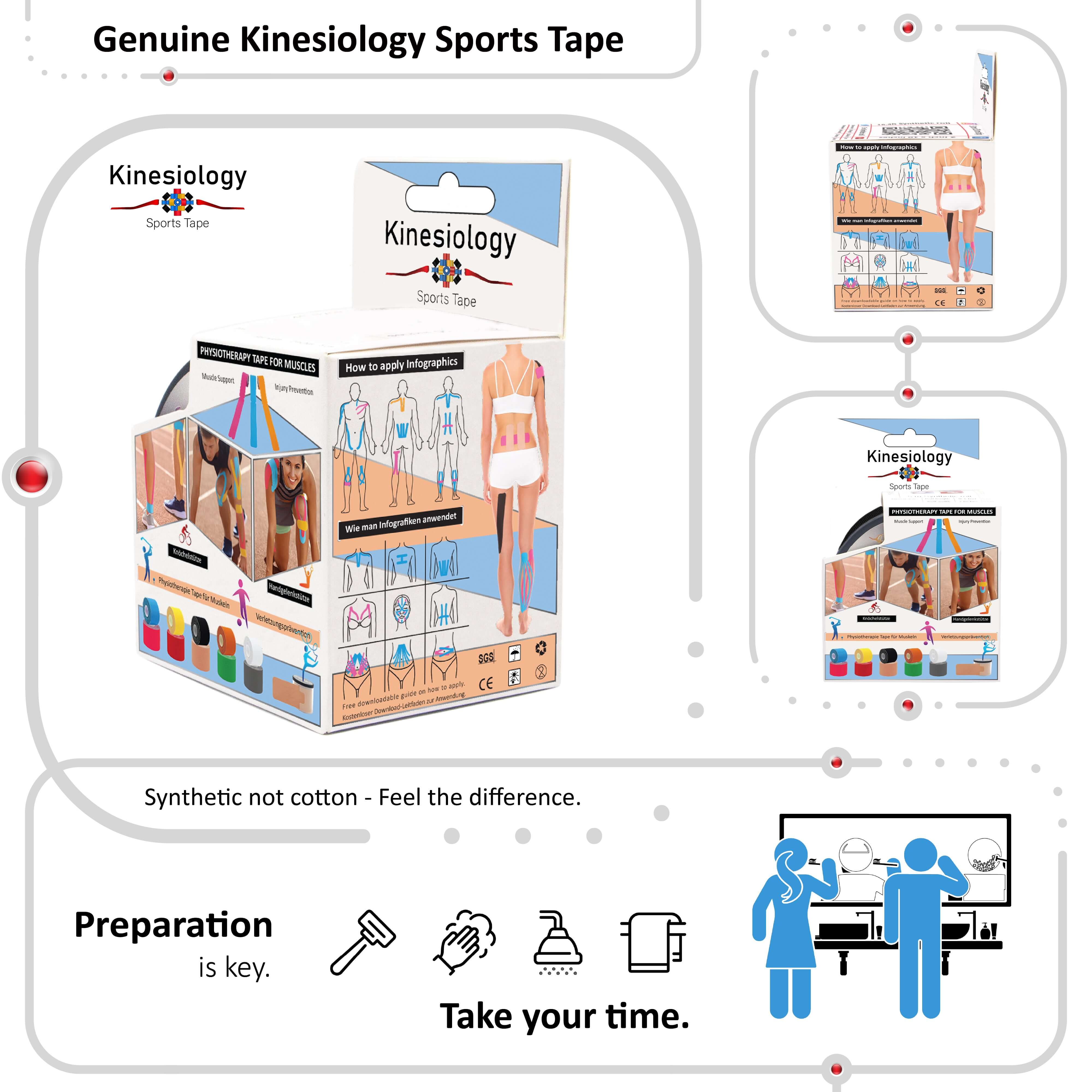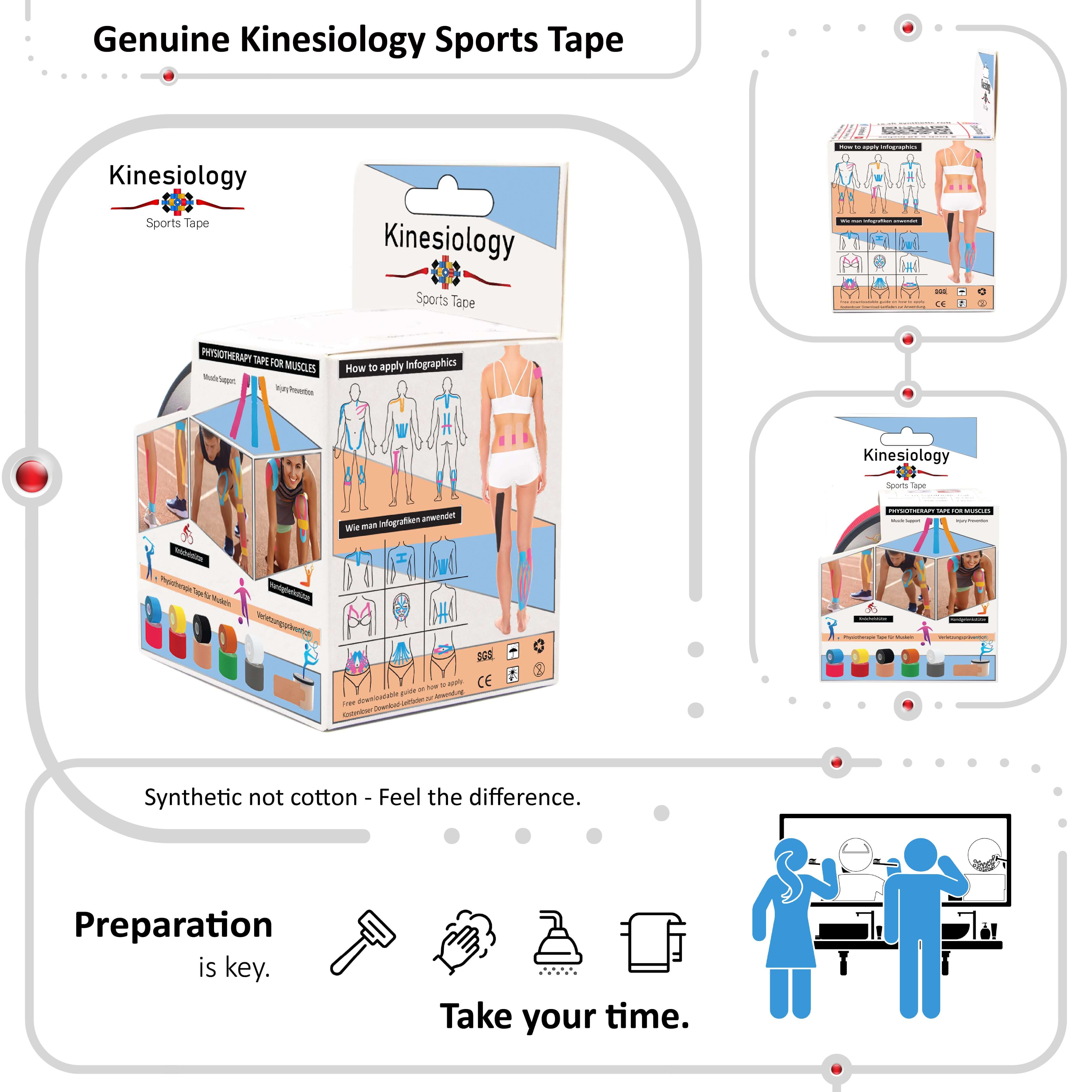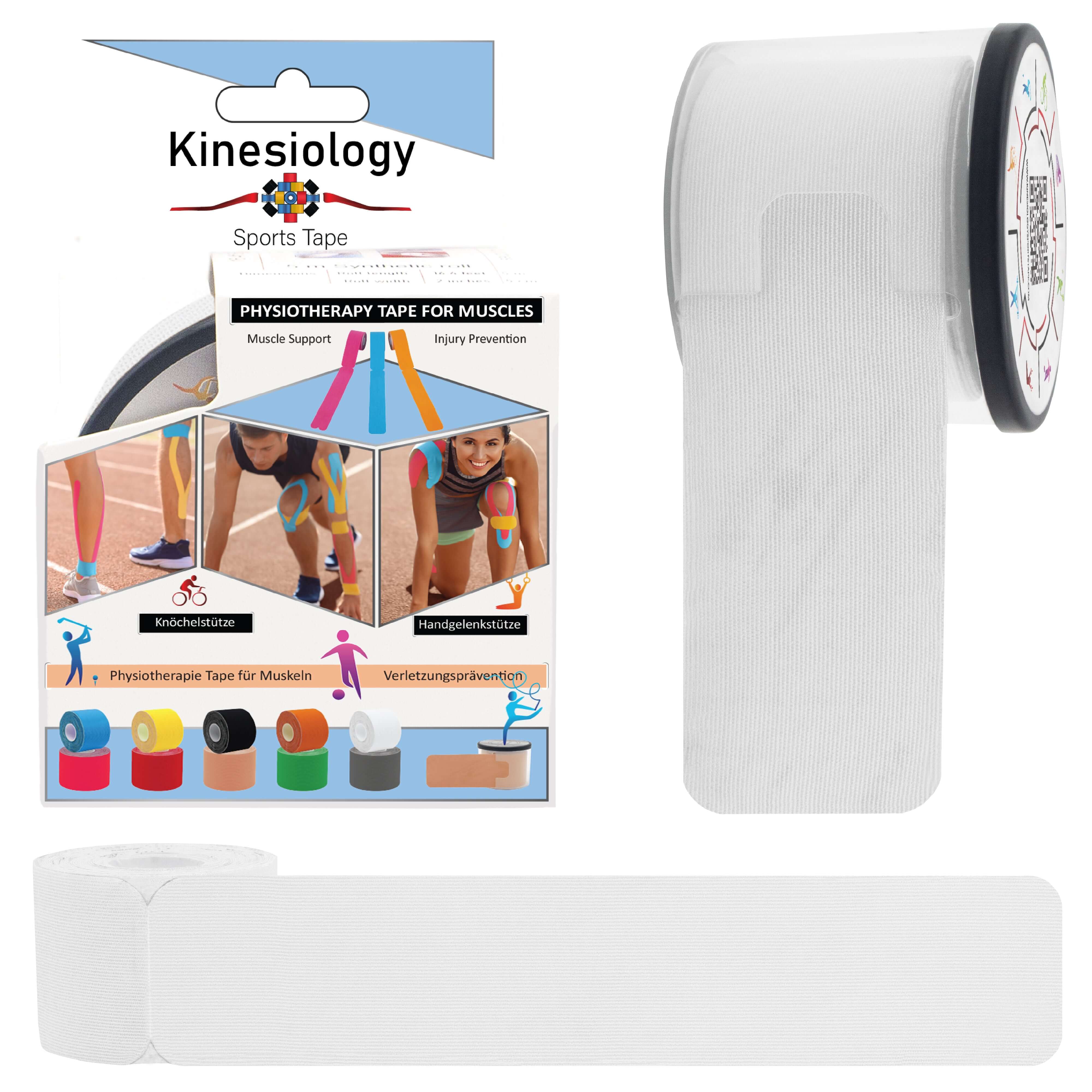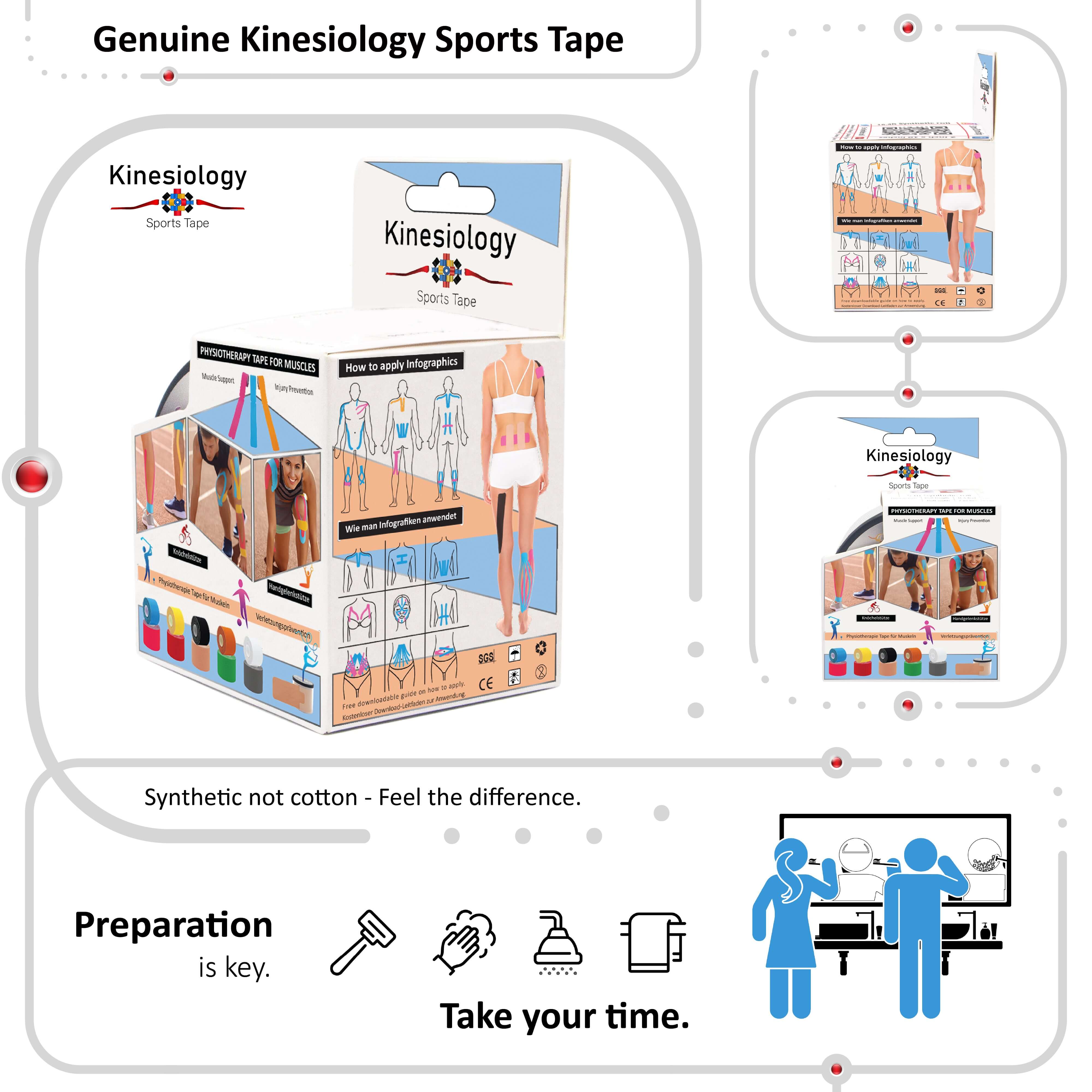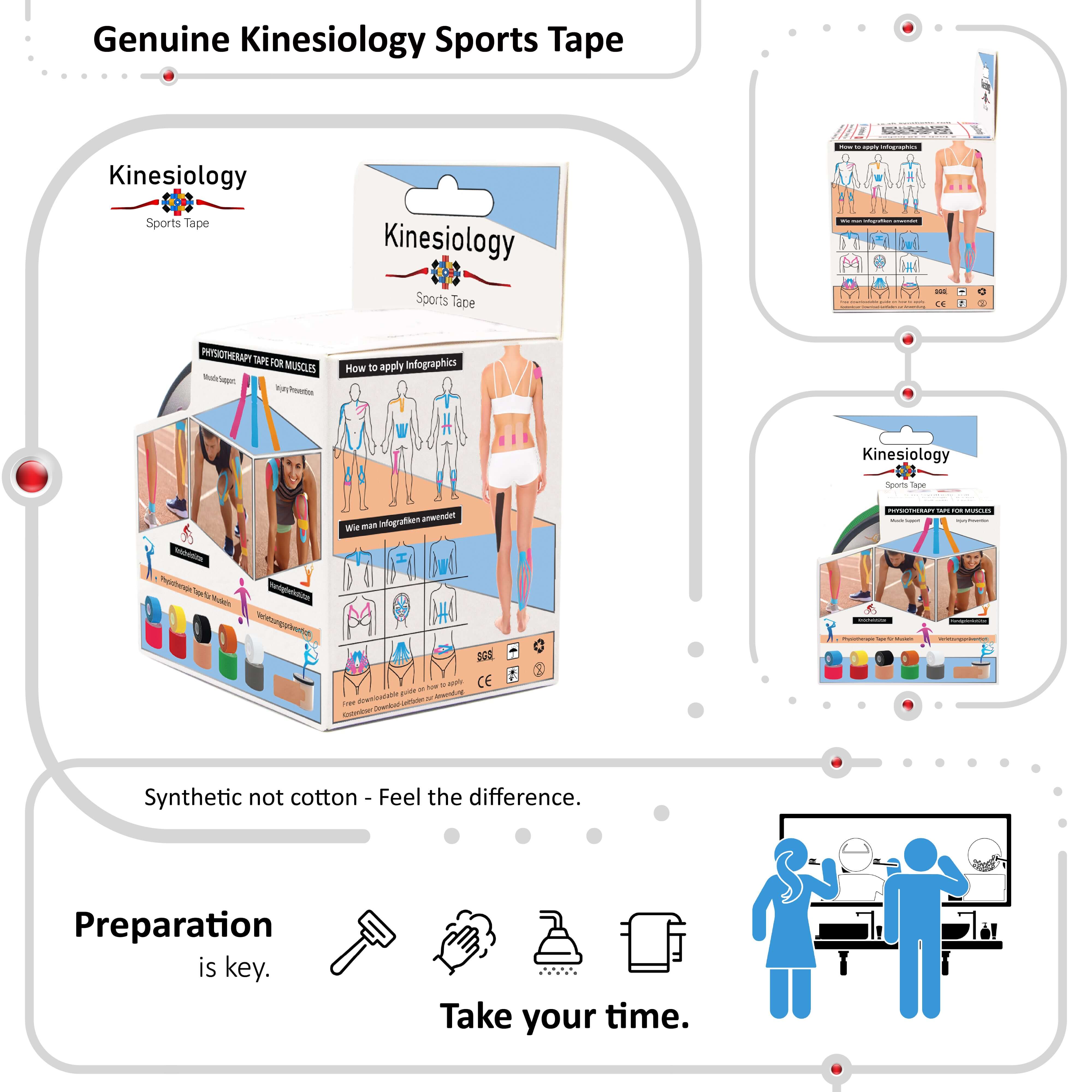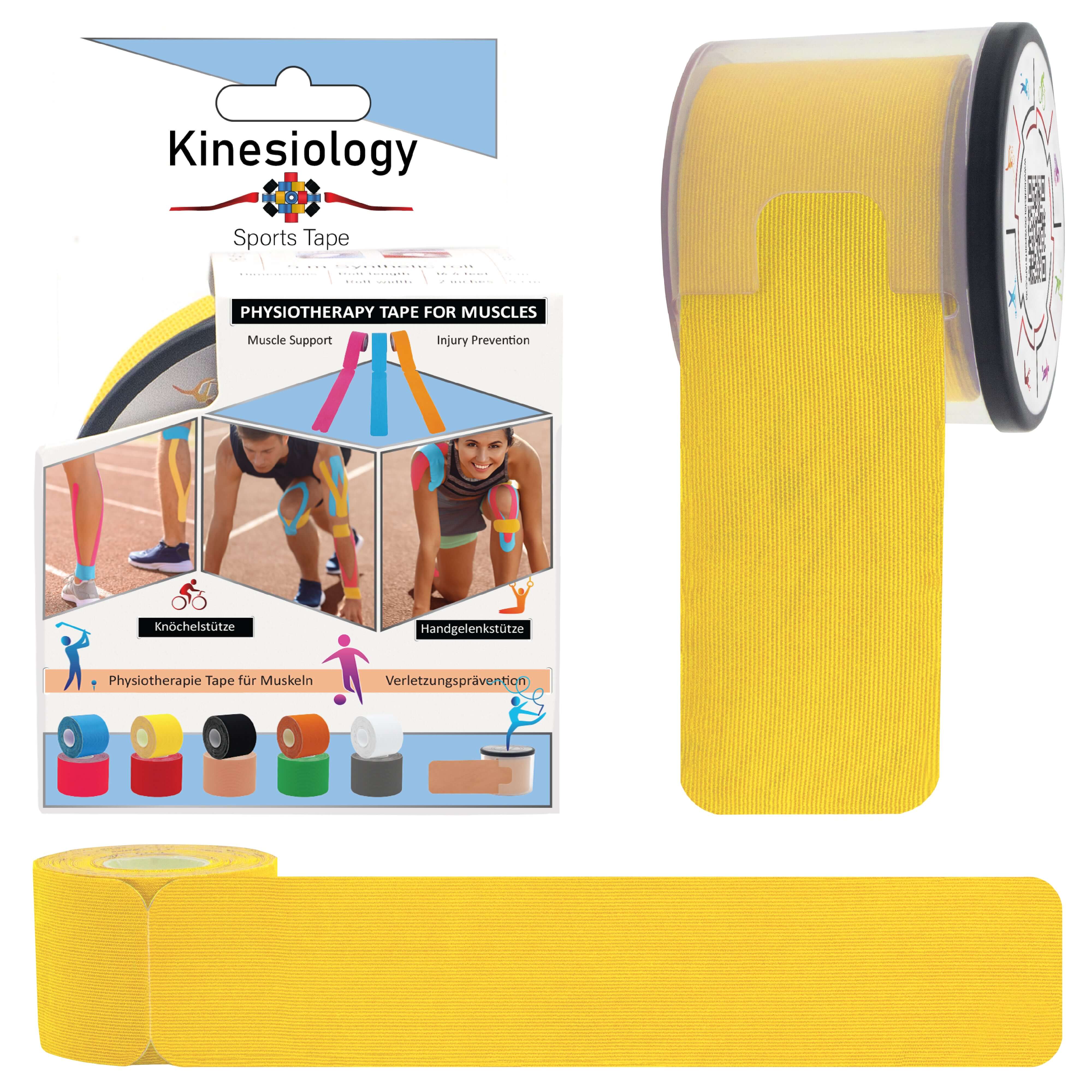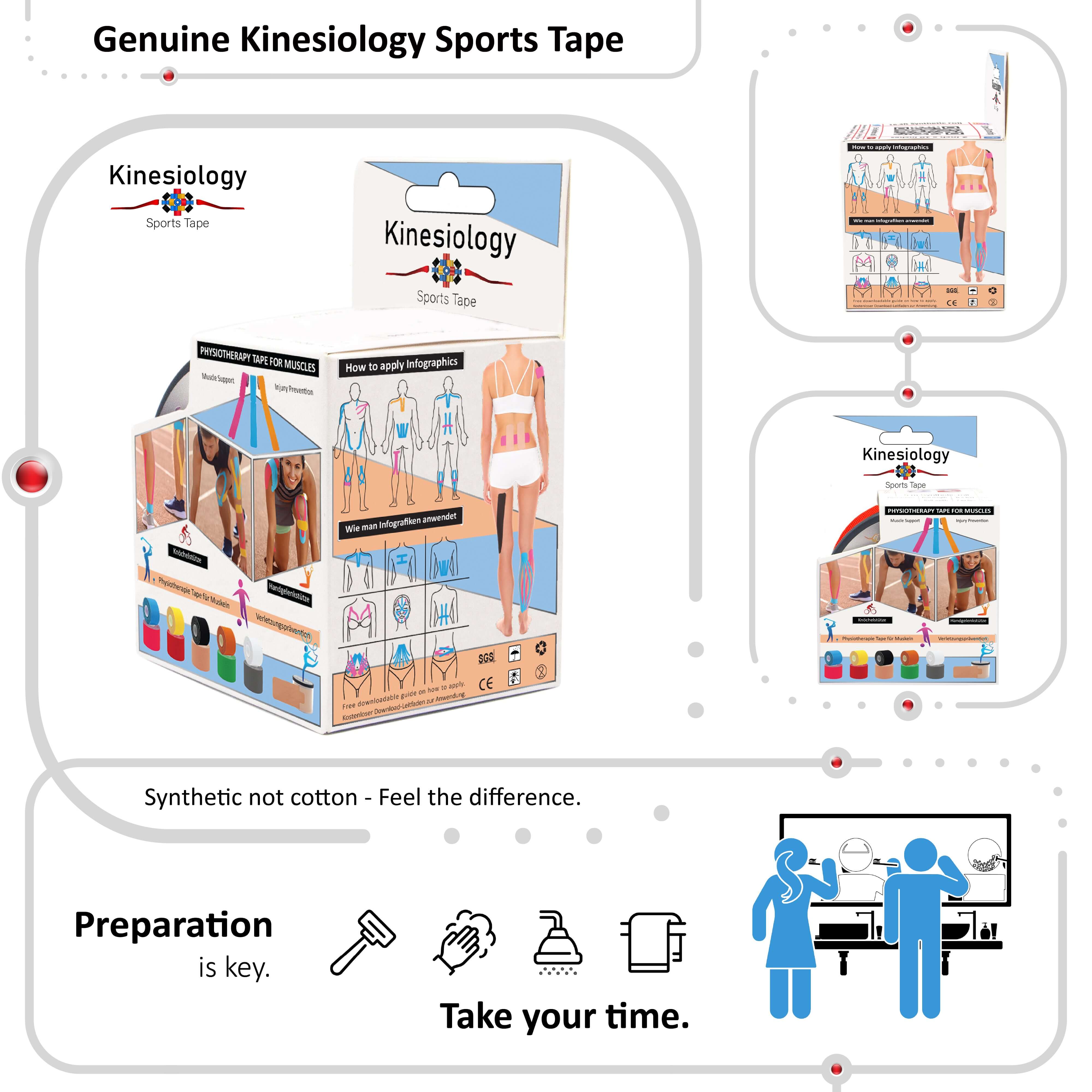
Categories
RECENT POSTS
Kinesiology Tape for Plantar Fasciitis: Complete Pain Relief and Recovery Guide
0 CommentsKinesiology Tape for Knee Pain: Complete Relief Guide for Athletes and Active Individuals
0 CommentsHow to Apply Kinesiology Tape: Complete Step-by-Step Guide for Beginners and Professionals
0 CommentsTags
- 2023
- anchor
- ankle
- application
- ar
- arm
- backless dress
- basketball
- boob tape
- bra
- bruising
- carpal tunnel syndrome
- Chakra
- christmas
- chronic pain
- crossfit
- cycling
- Dreamcatcher
- Ehlers Danlos
- elbow pain
- exercise
- eyes
- face
- feet
- Feng Shui
- first aid
- fitness
- foot pain
- foot pain taping
- golf
- golfers elbow
- gym
- hand
- head
- heel pain relief tape
- how to apply kinesiology tape
- how to tape
- Iliotibial band
- ITB
- Jill Smith
- kinesiology tape
- kinesiology tape application
- kinesiology tape knee pain
- kinesiology tape plantar fasciitis
- kinesiology taping knee
- kinesiology taping techniques
- knee
- knee pain relief tape
- knee support tape
- KST instructions
- KST tape correctly
- KT tape
- KT tape knee
- Ladies Football
- Latin
- legs
- Lionessess
- neck
- new year
- pain
- patella
- plantar fasciitis tape
- plantar fascitis
- precut
- pregnancy
- running
- safety
- shin
- shoulder
- sleep
- stick
- stretching
- summer
- swimming
- Talisman
- tape
- taping
- tennis
- therapeutic taping guide
- training
- valentines day
- Viking
- weight lifitng
- weights
- what is tape
- wimbledon
- winter
- work
- wrist
Kinesiology tape application techniques

Kinesiology tape has become increasingly popular among athletes, fitness enthusiasts, and individuals seeking pain relief and support for various conditions. Understanding proper kinesiology tape application techniques is essential for maximizing its benefits. In this blog post, we'll explore different application techniques, incorporating the benefits of kinesiology tape, specific uses for knee and shoulder support, back pain relief, and recommendations for the best tape types and colors, including waterproof options.
Section 1: Understanding Kinesiology Tape Benefits Kinesiology tape offers a wide range of benefits, including pain relief, improved circulation, and enhanced proprioception. By gently lifting the skin, kinesiology tape can reduce pressure on pain receptors, alleviate discomfort, and promote healing. Additionally, it provides support to muscles and joints without restricting movement, making it ideal for athletes and individuals recovering from injuries.
Section 2: Exploring Kinesiology Tape Application Proper application of kinesiology tape is crucial for achieving optimal results. Before applying the tape, ensure the skin is clean and dry to promote better adhesion. Cut the tape to the desired length and shape, rounding the edges to prevent premature peeling. When applying the tape, gently stretch it to the desired tension and smooth it onto the skin, avoiding wrinkles or folds. Experiment with different techniques, such as the "Y-strip" for muscle support or the "X-strip" for joint stability, to address specific areas of concern.
Section 3: Specific Uses for Knee and Shoulder Support Knee and shoulder injuries are common among athletes and active individuals. Kinesiology tape can provide effective support and pain relief for these areas. For knee support, apply the tape in a "Y-strip" configuration, starting above the knee and extending down the thigh and calf muscles. For shoulder support, use the "X-strip" technique, crossing the tape over the front and back of the shoulder joint to provide stability and reduce strain.
Section 4: Tips for Effective Kinesiology Tape Application To ensure successful kinesiology tape application, follow these tips:
- Clean and dry the skin before applying the tape.
- Cut the tape to the desired length and shape, rounding the edges.
- Gently stretch the tape to the desired tension during application.
- Smooth the tape onto the skin, avoiding wrinkles or folds.
- Experiment with different techniques and colors to find what works best for you.
By mastering kinesiology tape application techniques and understanding its benefits, you can enhance performance, relieve pain, and support your body during physical activity. Whether you're recovering from an injury or looking to optimize your athletic performance, kinesiology tape offers a versatile and effective solution for achieving your goals. Experiment with different techniques and tape types to find what works best for your individual needs.

